19 Aug
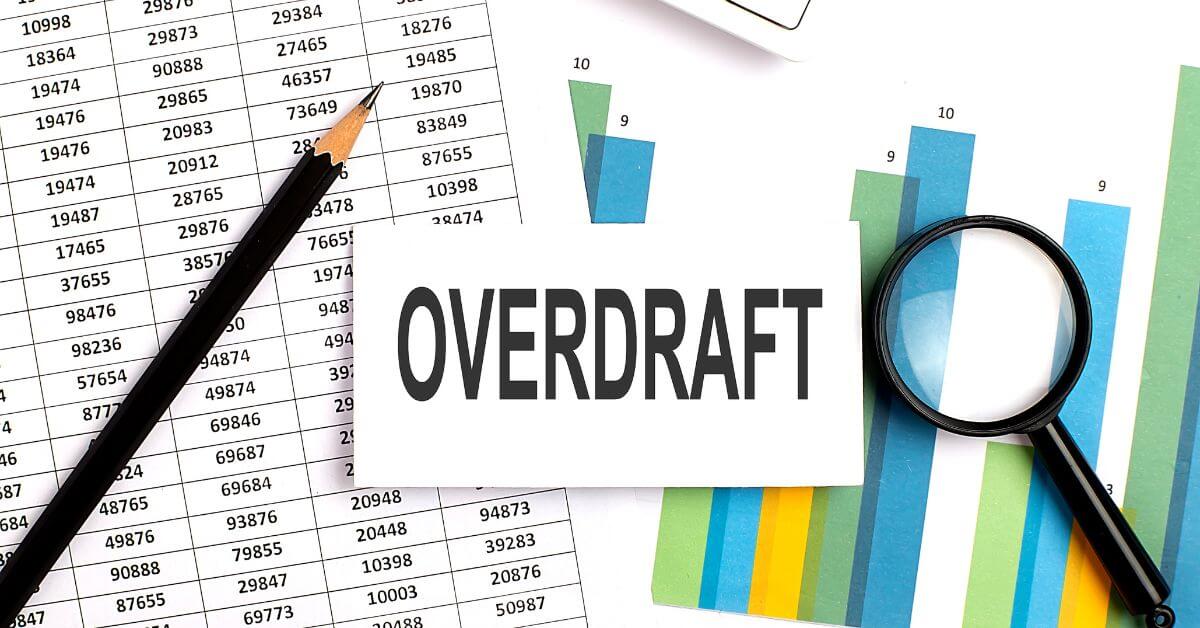
Overdrafts are an ordinary part of banking life. They can happen when you make a transaction more than your available balance, such as paying your rent or buying groceries. However, overdrafts aren’t always the result of careless spending. They can also be caused by something called “unauthorized charges.” In this article, we will explain what an overdraft is and how to prevent them from happening, so you don’t have to worry about accidentally becoming a victim of fraud or theft.
Table of Contents
What is an Overdraft?
An overdraft happens when you have insufficient funds to cover a transaction, but your bank or credit union pays the amount anyway. This can result in an overdraft fee being charged by your financial institution.
Overdrafts are often caused by unexpected expenses. For example, you may have a family emergency and need to take out cash from your account to cover medical costs. Or maybe you’re planning on spending some extra money on vacation but don’t want to pay for it with a credit card.
Types of Overdrafts
There are two types of overdraft protection.
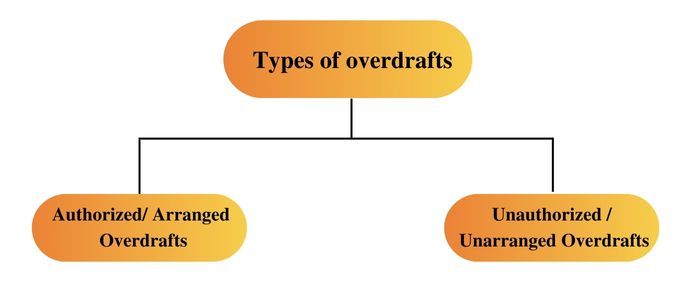
Authorized / Arranged Overdraft
In this type, the bank and the account holder make an arrangement in advance in which they agree on a limit that one can overdraw. If you have to pay for sudden expenses like a bill or face any emergency, an overdraft might help you manage your money.
Unauthorized / Unarranged Overdraft
An unauthorized overdraft happens when you spend more money than your available bank balance without any prior arrangements with the bank. Sometimes individuals can exceed the limit previously made between the bank and individual.
How Does Overdraft Work?
Overdraft is a type of loan or debt. It occurs when a bank account is overdrawn. When this happens, the account holder must pay back the difference between their balance and the amount they’ve drawn from the account plus interest on the overdrawn amount.
For example, Mary went shopping for her wedding. She has $1000 in her bank account. She buys a dress that costs $1500. This means that mary has overdrawn from the bank. She has to pay back overdrawn money with charges to the bank.
How Much Can You Overdraw?
The Federal Reserve Board has established guidelines for how much you should be able to overdraw each month without incurring an overdraft fee, which vary depending on where you live. In most cases, it’s recommended that consumers limit their average daily balance to $2,500 per day (including ATM withdrawals and check deposits). However, these limits can often vary depending on the type of account used for this purpose.
Ways to Avoid Overdraft
Here are some ways to avoid the risks of having an overdraft;
Monitor your finances
Avoid an overdraft by checking your balance regularly and ensuring you don’t run out of money before rechecking your balance. Monitor your spending regularly and keep track of any extra money that comes in or goes out each month.
Check bank letters regularly
Check all letters carefully because the bank might be writing to inform you of an increase in the overdraft interest rate or a change in your overdraft limit.
Keep cash on hand
Keep enough cash on hand so that when you get home from work or go shopping, there’s an adequate amount in the bank to cover purchases. If this is not possible, consider using a debit card instead of writing checks or withdrawing from ATMs (automated teller machines).
Pay bills on time
Ensure to pay all bills before putting any money into your checking account; otherwise, they may be charged late fees and interest charges until paid off.
Maintain a good relationship with the bank
Always maintain a good relationship with your bank or credit union. They may be willing to work with you if they know you are responsible and don’t abuse their services
Pros and Cons of overdraft
Pros
- The advantage of overdraft coverage includes preventing embarrassment and “returned check” fees from businesses or creditors.
- If you pay the cost of overdraft is timely, the interest rate decreases.
- They provides coverage in emergency situations when an account unexpectedly has insufficient cash.
- When taking a loan, you need more paperwork to complete the process. Overdraft reduces the paperwork to a minimum.
- Because you can utilize overdrafts only when necessary and not when you don’t, they are a flexible form of borrowing money.
Cons
- you do not pay overdrawn amount on time, overdraft often carries a considerable fee and interest that can further burden the account holder.
- If you exceed the overdraft limit without authorization, your bank may charge you.
- Since the applicable interest rate is almost always changeable, it is challenging to determine your borrowing costs accurately.
- You can only receive an overdraft from the bank where you keep your current account. You must transfer your business bank account to obtain an overdraft elsewhere.
Conclusion
A bank account overdraft means you have used more money than your account balance allows. There are several reasons why a bank account may become overdrawn, such as if you pay too much in fees or if there is a problem with your card. If this happens, your bank or credit union can charge you a fee for the amount overdrawn plus interest on the outstanding balance. You can avoid this by setting up alerts so that you will be notified immediately whenever your balance falls below zero dollars (fractions of US Dollars).
Content writer at Invyce.com
Related Post
Copyright © 2024 – Powered by uConnect
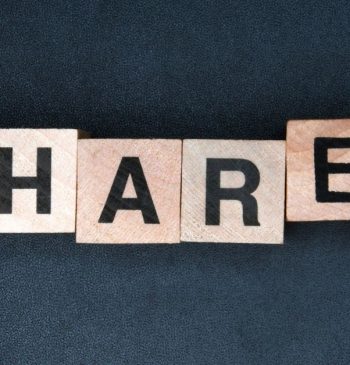
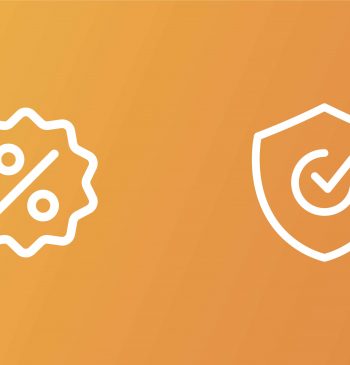
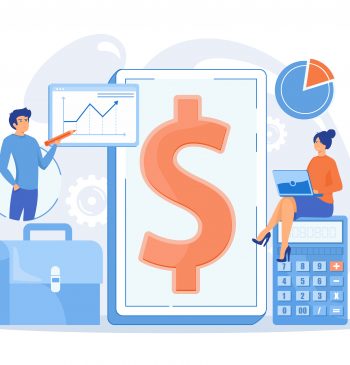
Meena Khan